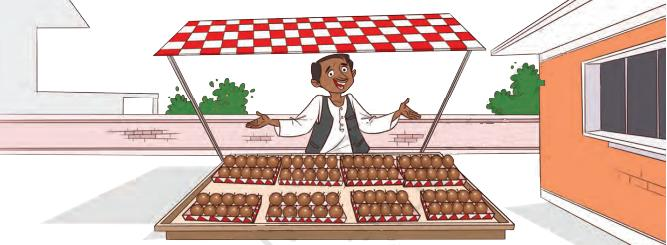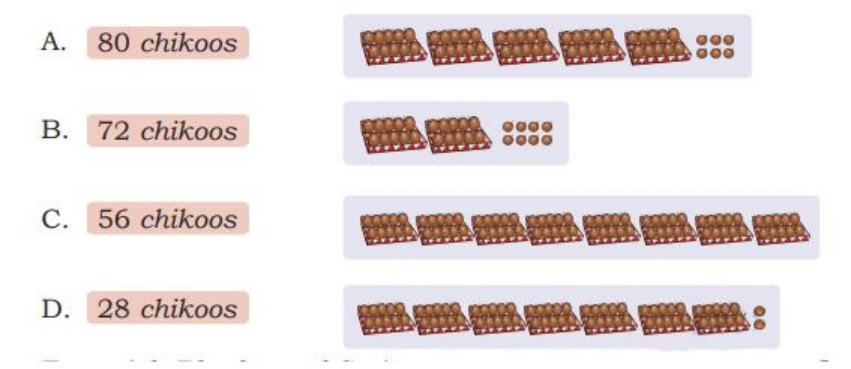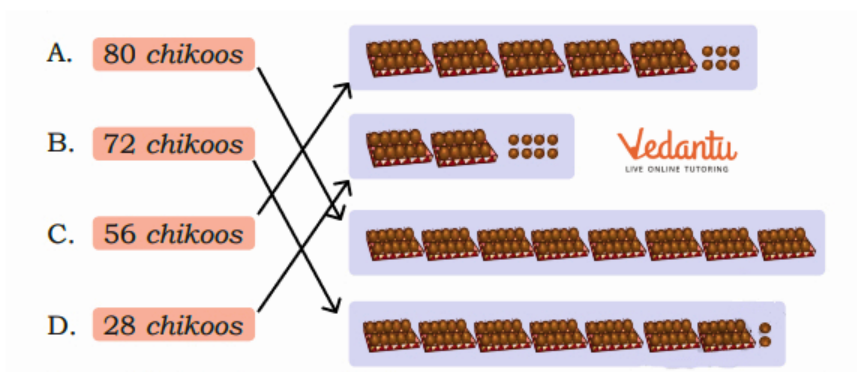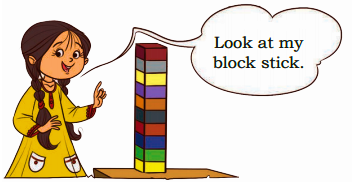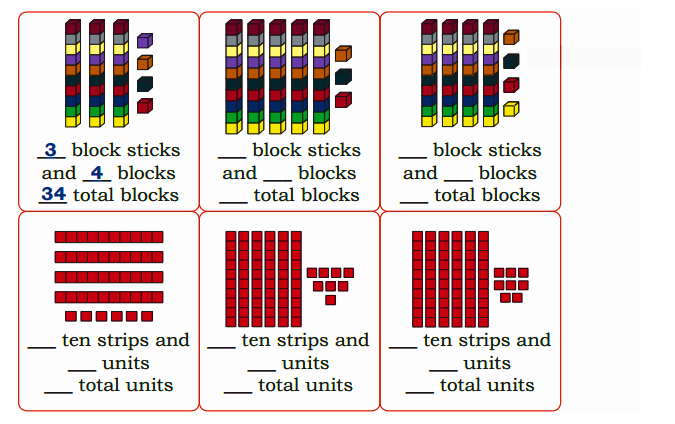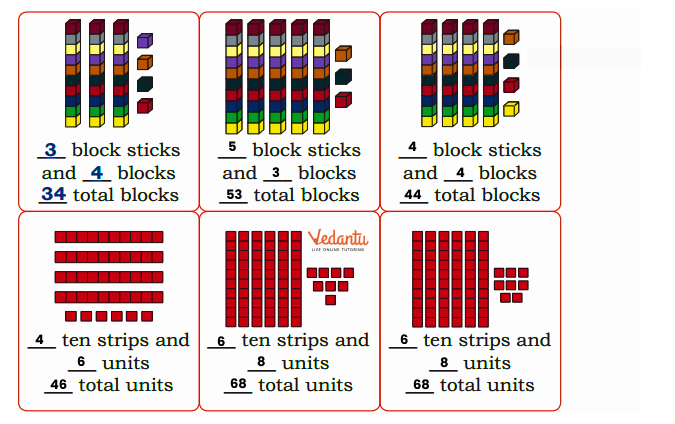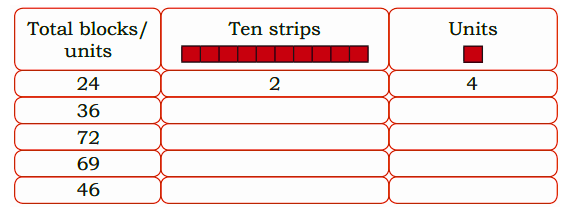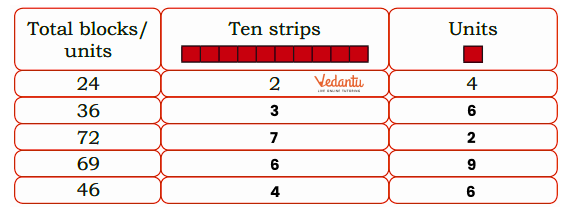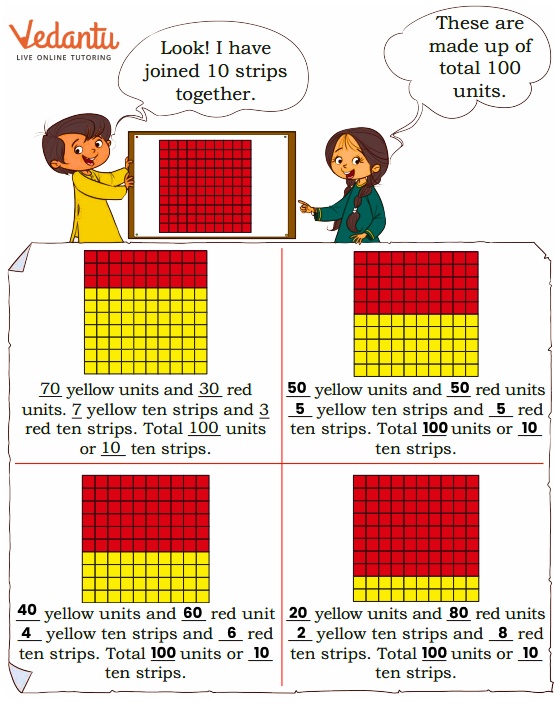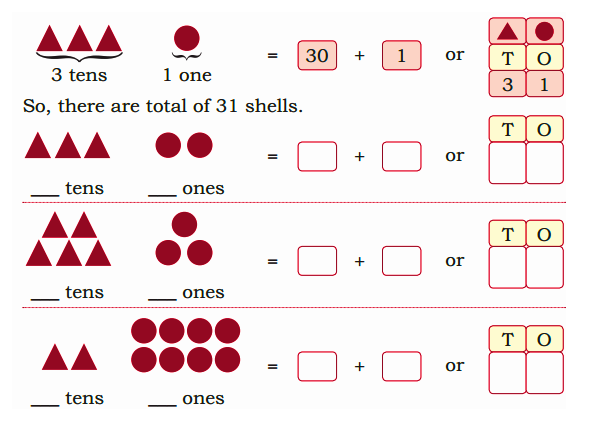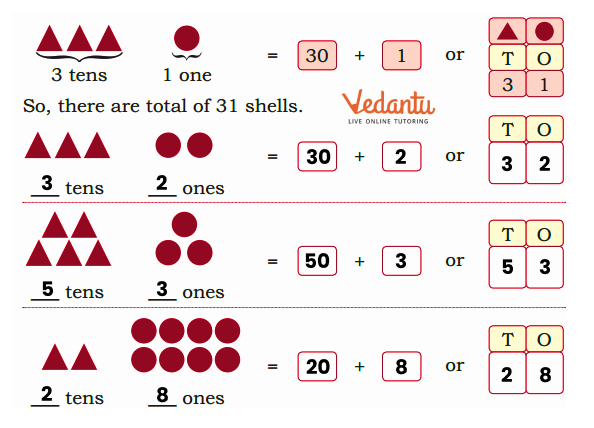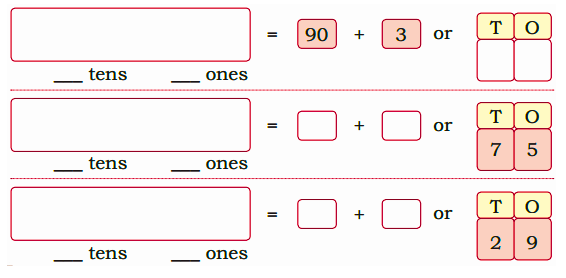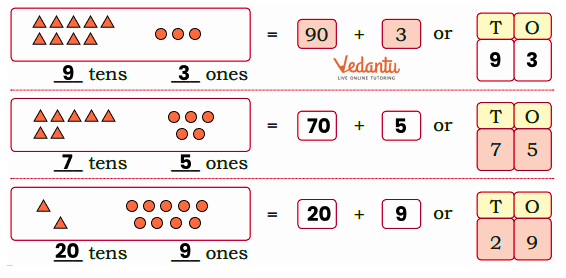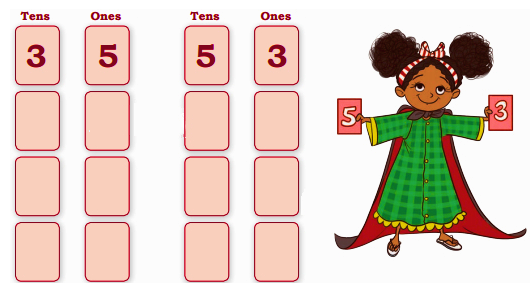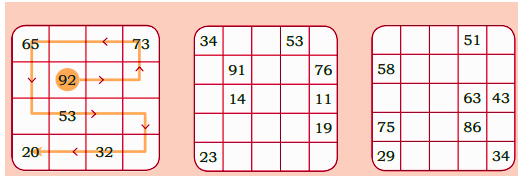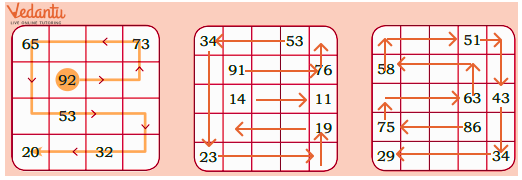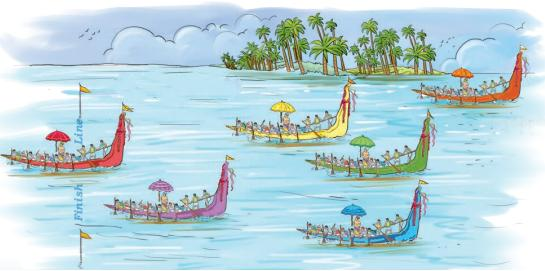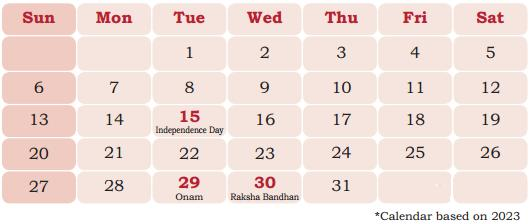NCERT Solutions Class 2 Day at the Beach Maths - FREE PDF Download
FAQs on NCERT Solutions for Class 2 Maths Chapter 1 Day At The Beach
1. What is the focus of Maths Chapter 1, "Day at the Beach"?
Chapter 1 focuses on learning numbers and counting through a fun beach theme. It includes exercises to count items like shells and fish. The chapter uses beach scenes to make learning about numbers enjoyable.
2. How can the NCERT Solutions help with this Maths Chapter 1?
The solutions offer clear, step-by-step answers to the exercises, making it easier to solve problems. They include simple explanations and practice questions to help students understand the material. This makes learning more effective.
3. Are there any specific tips for solving problems in this Maths chapter?
Read each question carefully and identify what you need to count or find. Follow the examples in the solutions for guidance. Practise regularly to get better at solving similar problems.
4. What types of questions are included in Chapter 1?
The chapter includes questions about counting objects, matching numbers, and basic addition and subtraction. These questions use beach themes to make learning numbers interesting and easy. They help students practise their number skills.
5. How can students benefit from practising these NCERT solutions?
Practising with the solutions helps students improve their counting and number skills. It also helps them feel more confident about solving maths problems. Regular practice ensures they understand the concepts well.
6. Is it important to review the explanations provided in the NCERT solutions Chapter 1?
Yes, reviewing the explanations helps students understand how to solve each problem. It provides a clear way to approach similar questions in the future. This helps avoid mistakes and strengthens learning.
7. Can parents use these NCERT solutions of Chapter 1 to help their children?
Yes, parents can use the solutions to help their children with the exercises and explain difficult parts. This support can make learning easier and more enjoyable for the child. It also helps parents see how their child is progressing.
8. How does this Chapter 1 “A Day at the Beach” prepare students for future math topics?
Chapter 1 teaches basic number skills that are important for learning more complex math later. Understanding these basics makes it easier to learn addition, subtraction, and other math topics in the future.
9. What are some common challenges students face with this Chapter 1 Maths?
Students might find it hard to count large groups or tell similar numbers apart. Using the solutions and examples can help them overcome these challenges and understand the concepts better.
10. How often should students practice the exercises in this Chapter 1 Maths?
Students should practice the exercises regularly, ideally a few times a week, to improve their understanding. Frequent practice helps strengthen their number skills and make learning easier.
11. Are there any additional resources recommended for this chapter?
Besides the NCERT Solutions, students can use workbooks or online games that focus on counting and numbers. These extra resources offer more practice in a fun and interactive way.
12. How can students check their answers to ensure they are correct?
Students can compare their answers with the solutions provided. If their answers are different, they should review the step-by-step explanations to see where they went wrong and how to fix it.




















